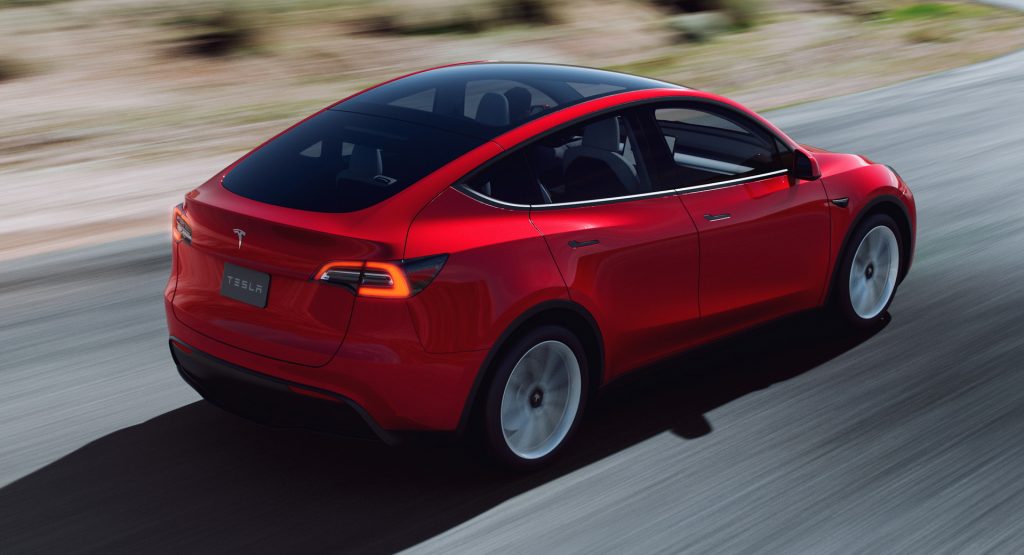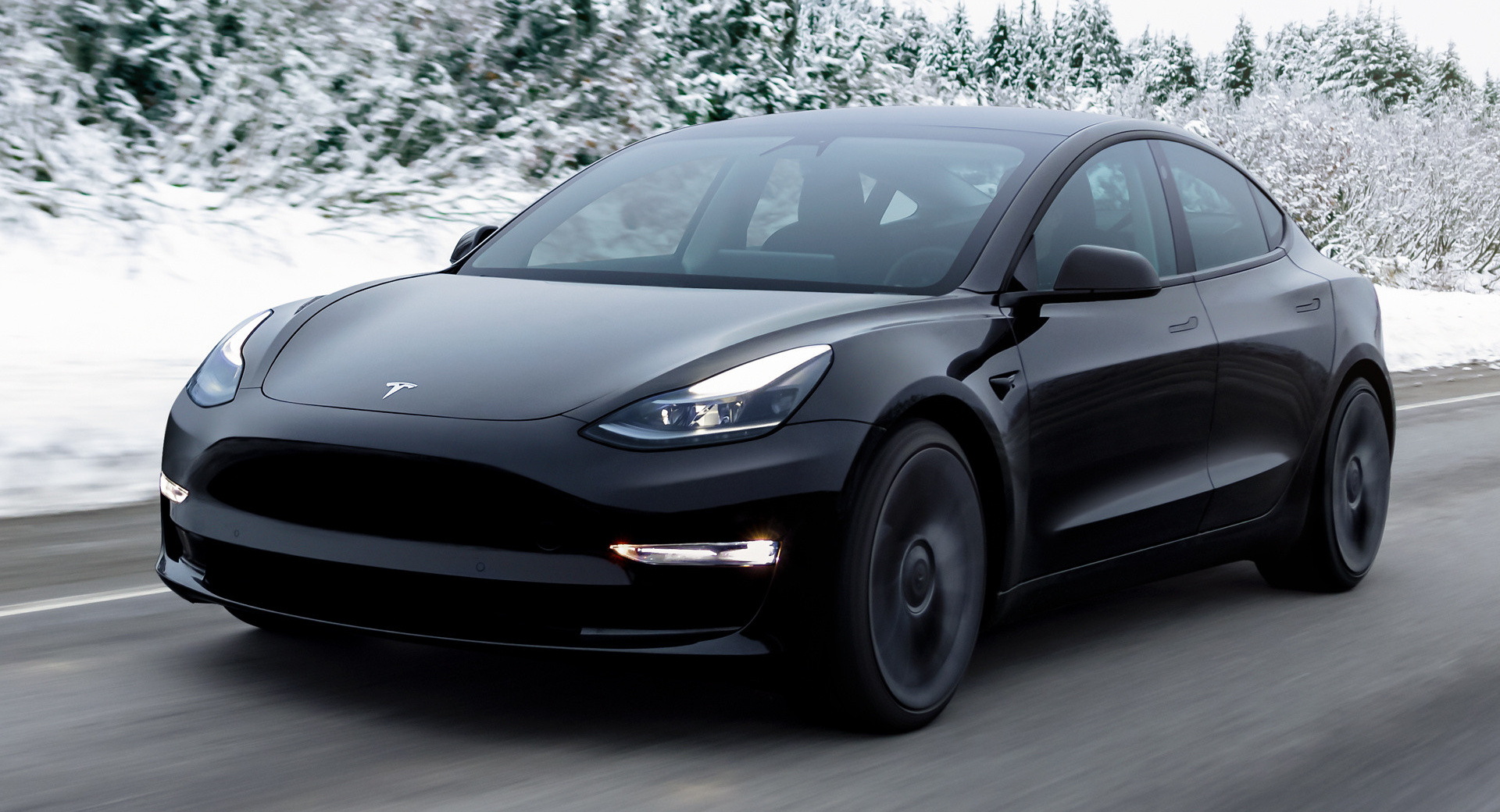Tesla has reportedly removed one of the two electronic control units incorporated into the steering racks of some of the Model 3 and Model Y vehicles produced at its Chinese factory last year.
The steering rack ECU in question is used primarily as a backup and it is understood that tens of thousands of vehicles sent to customers in China, Australia, the U.K., Germany, and other countries across Europe have been impacted. Tesla has not disclosed the change and it was only discovered by CNBC after speaking with two Tesla employees and seeing internal correspondence from the company.
Read Also: Tesla Must Recall 817,000 Cars For Software Glitch Blocking Seat Belt Chime
While the missing part primarily served as a backup, its absence from many Model 3s and Model Ys means these vehicles will not be able to receive Level 3 driving features via a software update like the vast majority of other Tesla models. As such, owners of these vehicles will need to get a steering rack retrofit at a Tesla service center if they ever want to use the company’s most up-to-date autonomous features.
CNBC reports that Tesla discussed whether it needed to notify customers about the change and ultimately decided against it and won’t do so until its Level 3 system is available. The vast majority of the impacted Model 3 and Model Y vehicles lacking the second steering rack ECU were initially delivered to customers in China where just 1 per cent of customers are opting for the $12,000 Full-Self Driving package. Tens of thousands have more recently been sent to customers in other markets.
Speaking with CNBC, IHS Markit senior principal analyst Phil Amsrud expressed reservations about Tesla’s decision to remove the component.
“I cannot think of a case where an automaker would say ‘You know what? We’ll take a component out of that module, even though it was there for a good reason and we’ll hope nothing happens,” he said. “Going from a dual-chip to a single chip variant in a vehicle can make a system simpler and make it better in some cases. But they’d really need to do a lot of validation,” adding carmakers would typically need to spend 1,000 hours testing a change like this.




